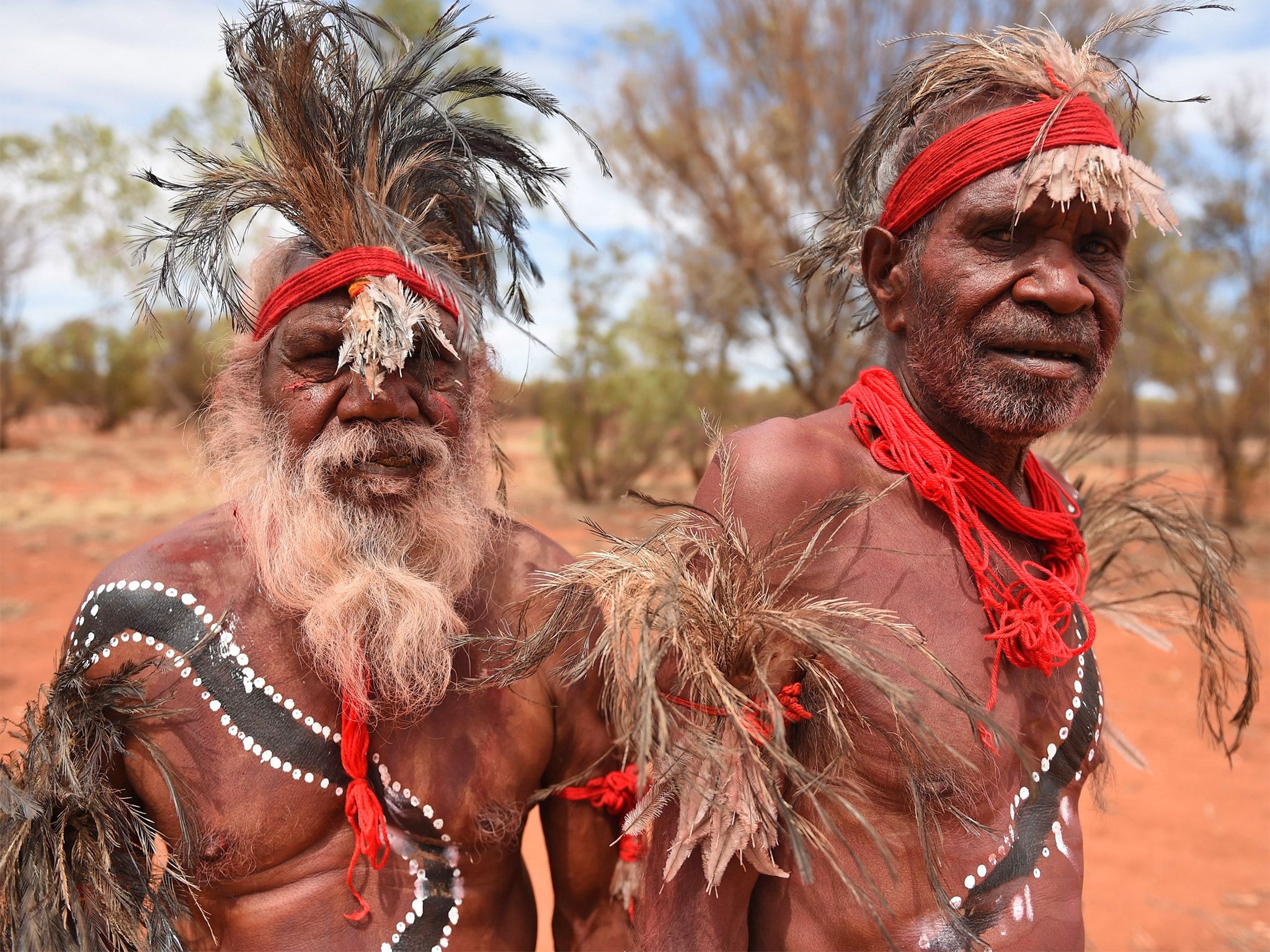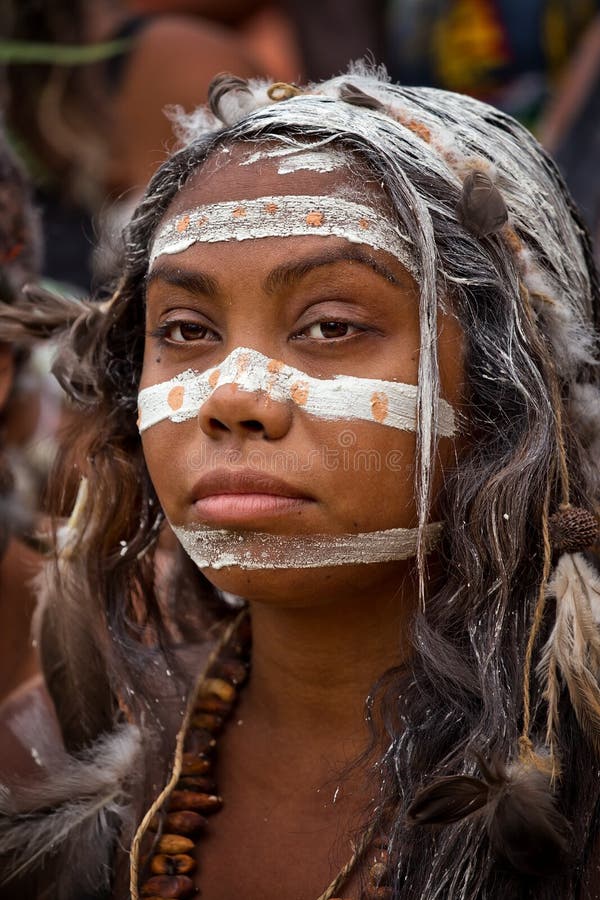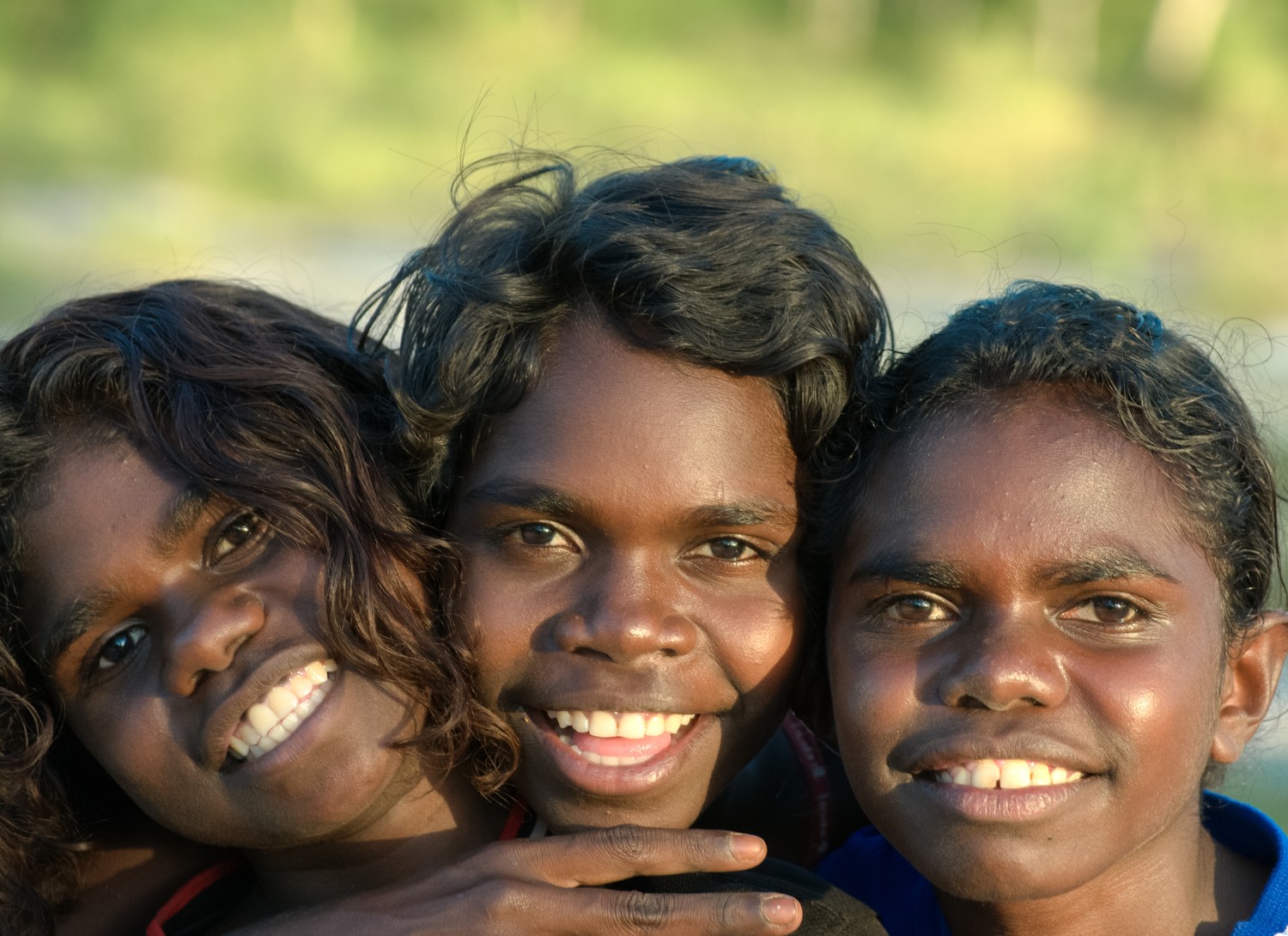Australian Natives Guide: What Works for Easy Success and Survival

Alright friend, let’s sit down with a cuppa and chat about something genuinely fascinating—Australian natives. Not just the plants or animals, but the entire magical, tangled-up story of this land and its people. If you’ve ever felt a bit lost trying to understand what “Australian Natives” really means, don’t worry; I’ve got your back. We’re going from absolute beginner (yes, zero knowledge) to feeling confident enough to share cool facts at your next BBQ or classroom discussion.

What Does “Australian Natives” Even Mean? Getting Clear from the Start
Imagine walking barefoot through soft red dirt warmed by the sun, hearing kookaburras laugh nearby while spotting a crimson waratah just bursting into bloom. That kind of feeling connects the biology and culture behind the words “Australian natives."
Here’s the deal: when we talk about Australian natives, we’re actually talking about two big things that belong together like Vegemite and toast.
1. Aussie Plants & Animals: Nature’s Original Locals
These are plants and critters that have been hanging out on this continent for tens of thousands — sometimes millions — of years. Eucalyptus trees with their twisted bark? Check. Quokkas—the happiest face on Marsupial Street? Absolutely.
The weird but wonderful thing is Australia’s isolation after splitting from Gondwana shaped unique adaptations everywhere—from flame-resistant bark to nocturnal animals thriving in desert heat.
2. Indigenous Peoples: Australia’s First Storytellers
This part can feel huge because it is. Aboriginal and Torres Strait Islander peoples represent some of humanity’s longest-surviving cultures—over 65,000 years deep! Their relationship with country is more than land ownership—it’s spiritual connection, law, identity woven through storytelling, ceremony, art, and language diversity.
So yeah—“Australian Natives” means both nature and culture; one can’t truly be understood without honouring the other.
Why Should You Care About This?
Maybe you want to garden with native plants but end up frustrated because your fancy exotic roses keep wilting in Aussie heat—or perhaps you want to start respecting Indigenous culture better but don’t know where or how.
Here’s the sticky truth: our actions around native flora/fauna impact Indigenous ways of knowing—and vice versa. When we say “let’s protect native species,” we’re also safeguarding ancient wisdom about living sustainably on this land that’s survived fires hotter than hell and droughts longer than any marathon runner can imagine.
Basically? Learning this isn’t just trivia—it shapes how we live respectfully today.

Starting From Scratch: How To Get Your Head Around Australian Natives Without Feeling Overwhelmed
If I’m honest, my first attempts at getting into Australian native gardening were hilarious failures! I once planted kangaroo paws right in soggy clay soil... they sulked till they died. Or called all Indigenous groups “Aboriginal,” which felt wrong after I learned about Torres Strait Islanders’ distinct culture years later.
Let me walk you through the simplest way to start:
Step 1: Pick Your Starting Point
- Want to try growing some easy Aussie natives in pots or garden beds?
- Curious about Aboriginal history and stories for your kids or classroom?
- Trying both but feeling foggy about where to begin?
Choose one focus so you don’t drown.
Step 2: Find Trusted Voices
Avoid just hopping on Wikipedia. Instead:
- For Indigenous culture/history: Check out AIATSIS (Australian Institute of Aboriginal & Torres Strait Islander Studies) online.
- For plant info: Browse resources like Australian National Botanic Gardens site or join community native plant societies.
Bonus tip: follow Indigenous artists/media platforms on Instagram for authentic cultural stories firsthand.
Step 3: Know The Key Words To Use
Respect matters here:
- “Indigenous Australians” covers both Aboriginal peoples & Torres Strait Islanders.
- “Native plants” = those naturally evolved here (not introduced weeds pretending).
Trying this early saves awkward moments later.
Weirdly Specific Things About Aussie Native Plants You Might Not Expect
Okay gardening newbies among us—here’s some gold nuggets:
- Aussie natives hate phosphorus fertilizers (that stuff shows up in many store-bought blends). It actually poisons some families like Proteaceae!
- Watering them too often is like giving an espresso shot every hour—they’re built for slow sipping during dry spells.
- Soil needs to drain well—a mix resembling sandy loam close to what bushland offers usually nails it.
- Plant groups together mimicking natural clusters rather than straight garden rows; birds love it!
Try planting wattles if your area has tough soils—they’re drought-resilient champs and great for birds feeding young chicks with protein-rich seeds.
Why Talking About Indigenous Culture Is So Important—and How Not To Mess It Up
Remember how I stumbled calling all First Nations “Aboriginal”? Yeah... not great! Here are some vibes worth holding:
1. Cultural Diversity is Massive:
There isn’t just one ‘Indigenous Australia’; there are over 250 languages spoken pre-colonial contact—with unique traditions across regions from Arnhem Land yarning circles to Torres Strait Islander seafaring legacies.
2. Learn From Elders And First-Language Speakers Whenever Possible:
Their voices carry deep knowledge that books or websites often lack nuance for (plus it helps avoid cultural appropriation).
3. Don’t Treat History Like Old News:
Indigenous communities today face dynamic challenges—from legal battles over land rights to vibrant cultural revivals—you want a balanced picture appreciating past struggles and contemporary strength and innovation.

Tips From My Own Journey With Australian Natives
I remember visiting a local bushcare group near Sydney where we planted banksias under guidance from Noongar Rangers remotely online during COVID lockdowns. The experience was so much more alive when paired with storytelling videos explaining why fire seasons matter deeply—not just ecology but spirit too!
One epic fail was trying ‘traditional’ burning techniques without proper training—nearly setting off my smoke alarm—and then realizing how incredibly skilled rangers are managing burns safely combining old knowledge with science today.
Since then:
- I keep native seedlings in breathable pots instead of plastic ones—roots seem happier.
- Use apps like ‘Firesticks Alliance’ to learn safe fire practice concepts rather than DIY guesses.
- Tune into community events such as NAIDOC Week which showcase arts/performance alongside discussions; it feels uplifting connecting beyond surface facts into real human relationships.
Common Beginner Bumps & How To Smooth Them Out
If this all feels big or confusing sometimes (trust me—it does), here’s what helped me:
| Problem | My Fix | Why It Works |
|---|---|---|
| Info overload | Break topics into small chunks + build momentum slowly | Avoid burnout by focusing on one thing at a time |
| Conflicting info online | Cross-check indigenous organizations + botanical gardens' advice | Weed out myths/misinformation early |
| Garden failures | Observe local microclimates + experiment gently | Tailored approach beats generic rules |
| Feeling disconnected | Join local/native societies/events even virtually | Community motivates learning+connection |
Celebrate tiny wins—like the first tiny leaf sprouting is cause for high-fives!
Making It Real: Practical Ways To Connect With Aussie Natives Today
Hey—we’ve chatted theory long enough! Let me throw some actionable ideas at you:
- Start a windowsill/native garden with easy-to-grow species like kangaroo paws or grevilleas.
- Watch short documentaries featuring Indigenous elders sharing Dreaming stories—‘Smoke Signals’ by Firesticks Alliance is good intro.
- Visit a nearby national park/botanic garden keeping eyes open for wildlife interactions AND cultural signage explaining traditional uses/planning guided walks if possible.
- Follow Reconciliation Australia updates via newsletters/social media encouraging ally participation events near you
- Read David Unaipon's stories; he was an Aboriginal inventor/writer born over a century ago whose work fascinates once unpacked little by little!
Trust me—once you start seeing wild bees buzzing around your grevillea hand-me-downs or hear a ranger describe the meaning behind seasonal fires during an online talk...it changes everything about how connected you feel here.
Wrapping Up Our Couch Chat — What Comes Next?
In six months could you imagine yourself explaining why gum trees shed bark (hint: bark insulates against bushfires), pointing out different wattle species in your neighbourhood—or even sharing an elder's story about their connection with that same tree?
By embracing both nature AND culture aspects patiently from scratch—you step into respectful stewardship instead of surface-level interest.
So remember:
This isn’t just study. This is joining an ongoing conversation Australia itself has been whispering since forever… Now it welcomes YOU listening carefully really deeply acting kindly thoughtfully.*
Got questions? Need tailored plant lists or beginner-friendly book/video recommendations? Just shout—I’m here as your friendly guide on this exciting journey!
You’re already doing better than most just by caring enough to start learning :)
Cheers mate,
Your supportive friend in Aussie nativities exploration 🌿🦘✨



